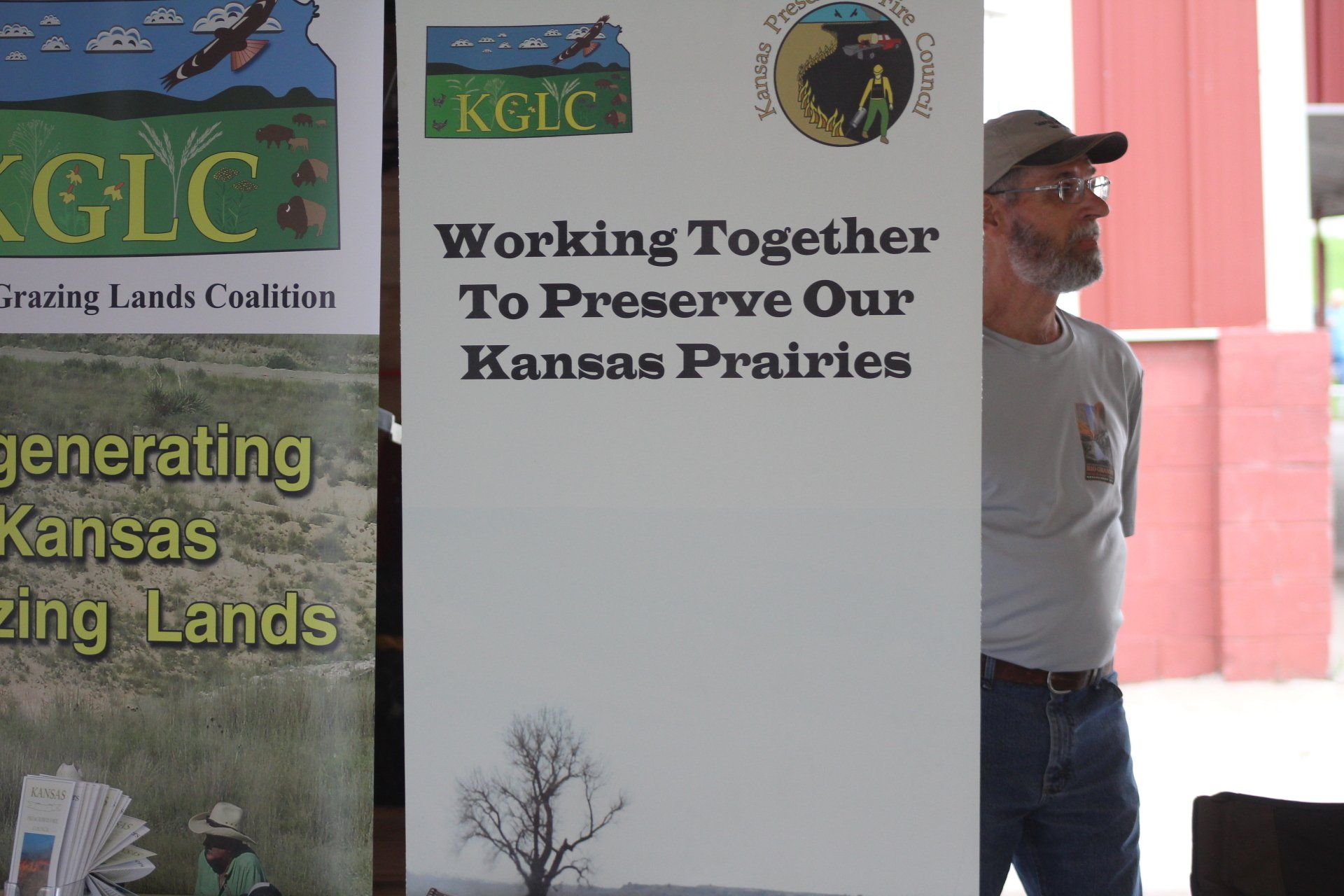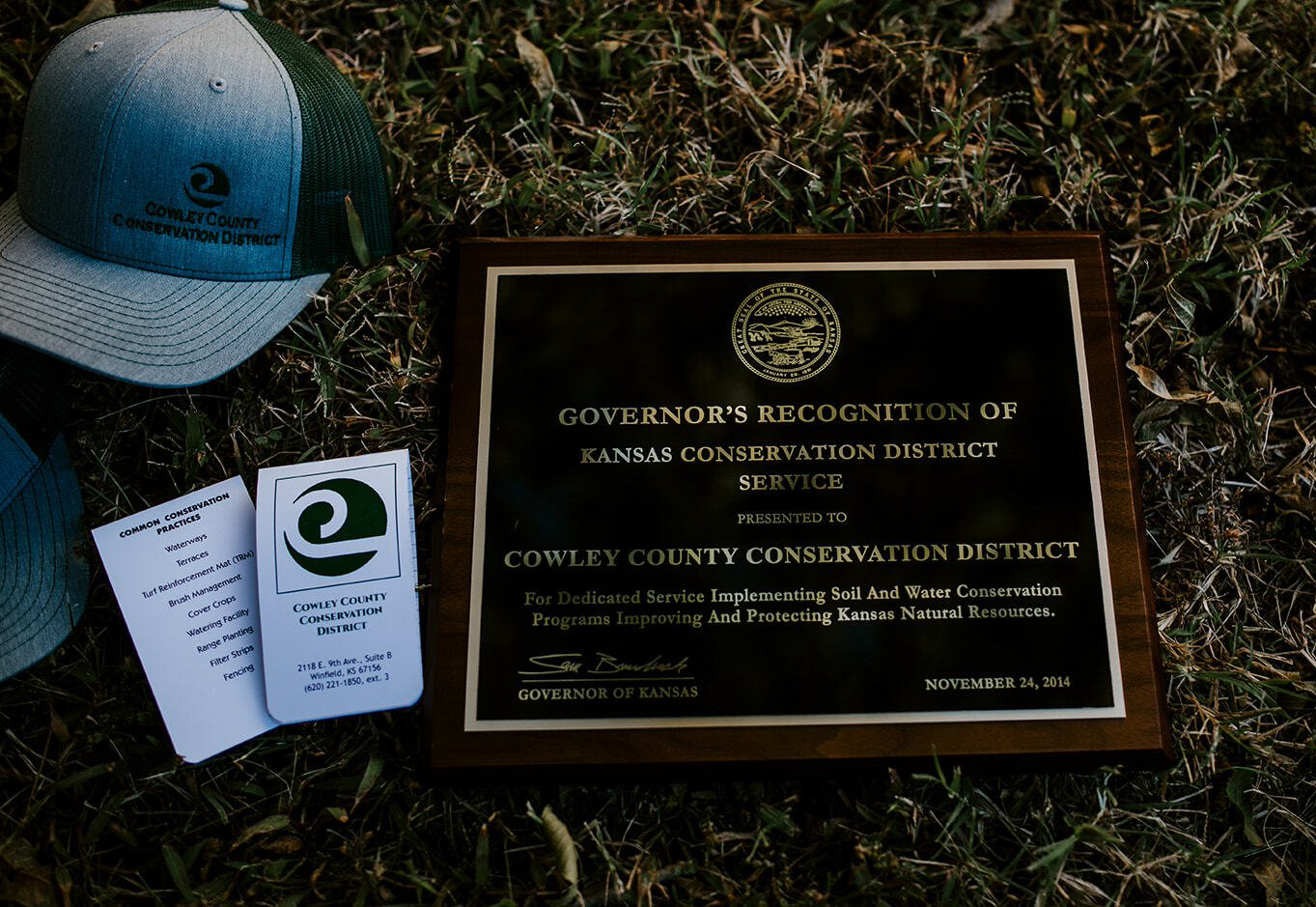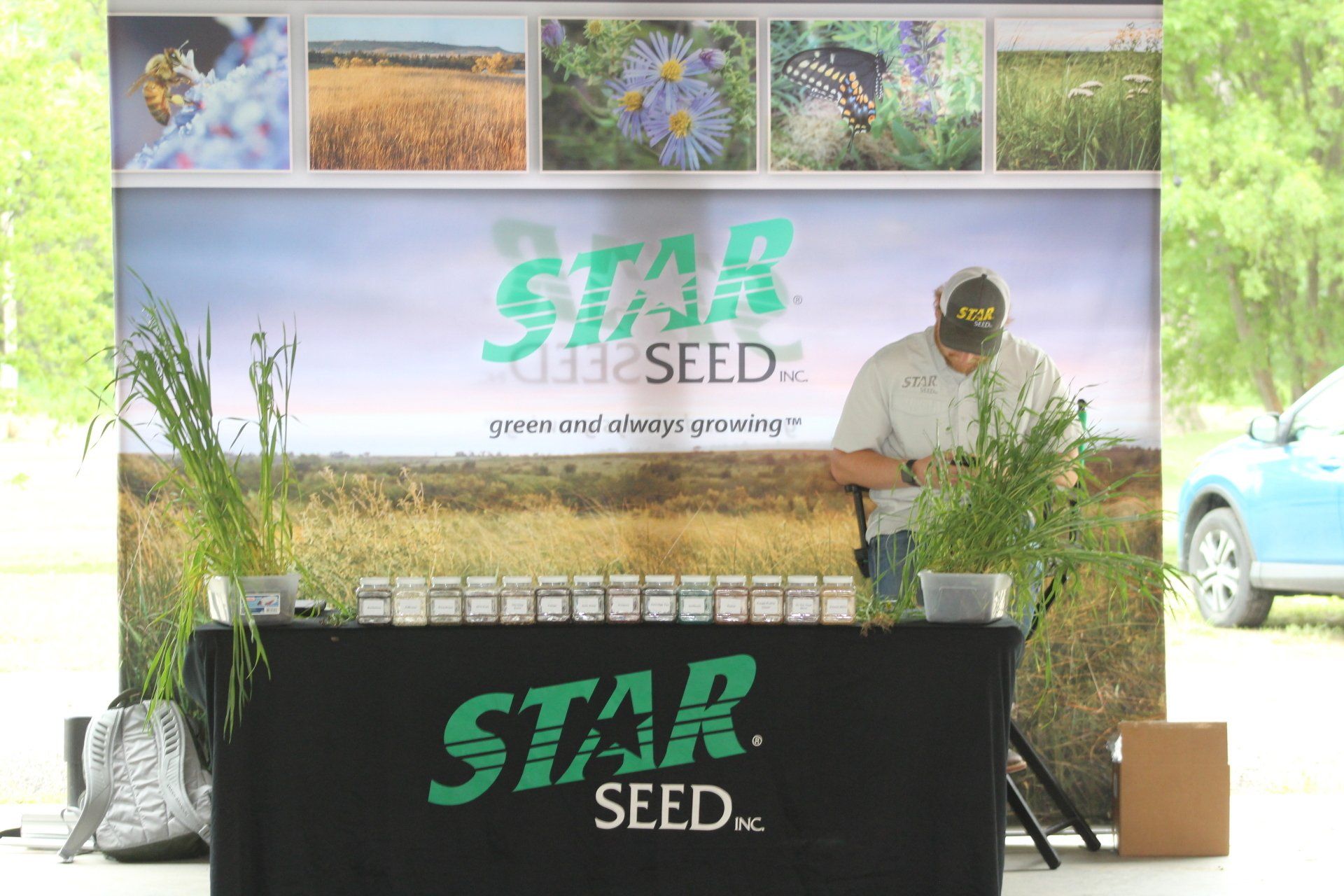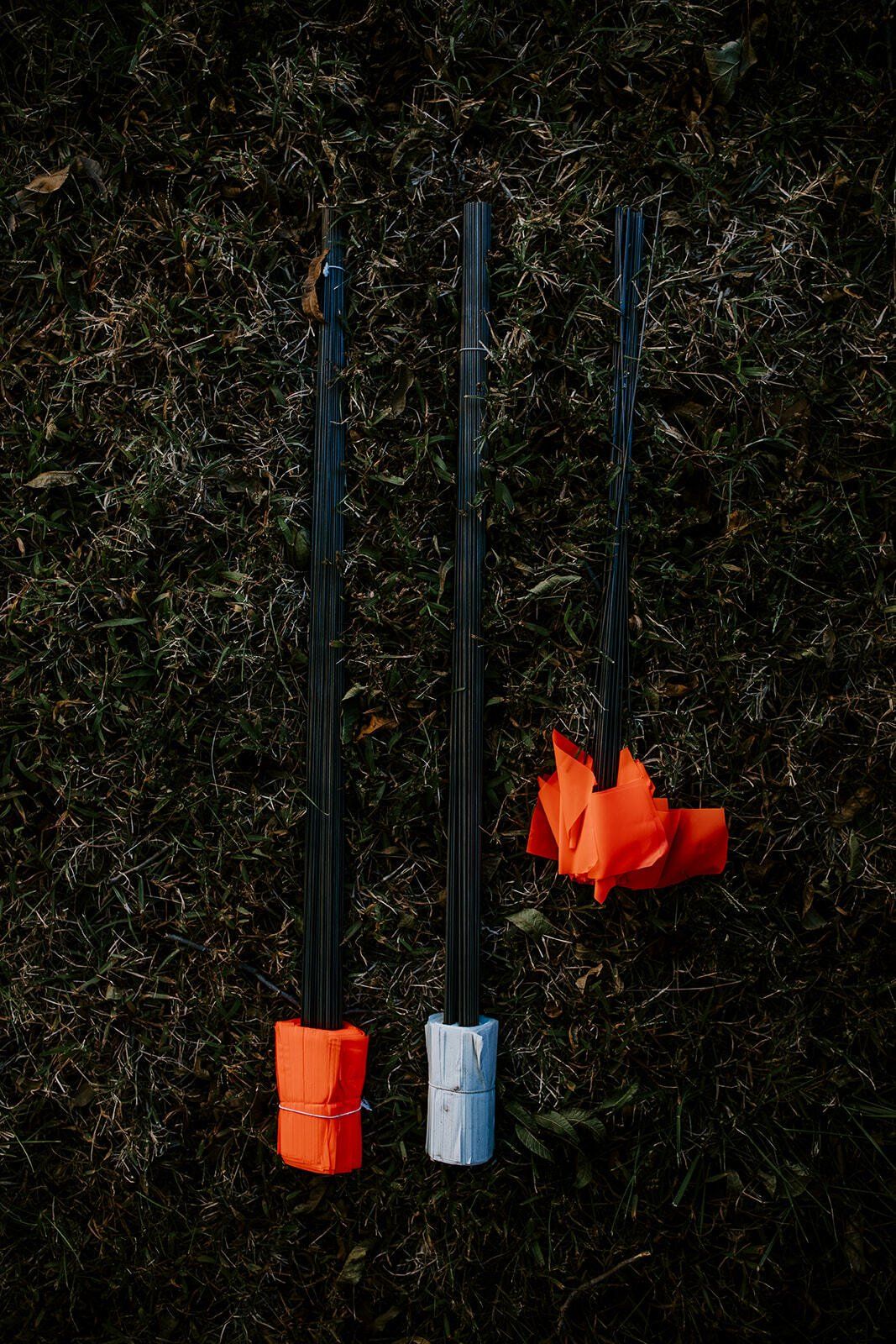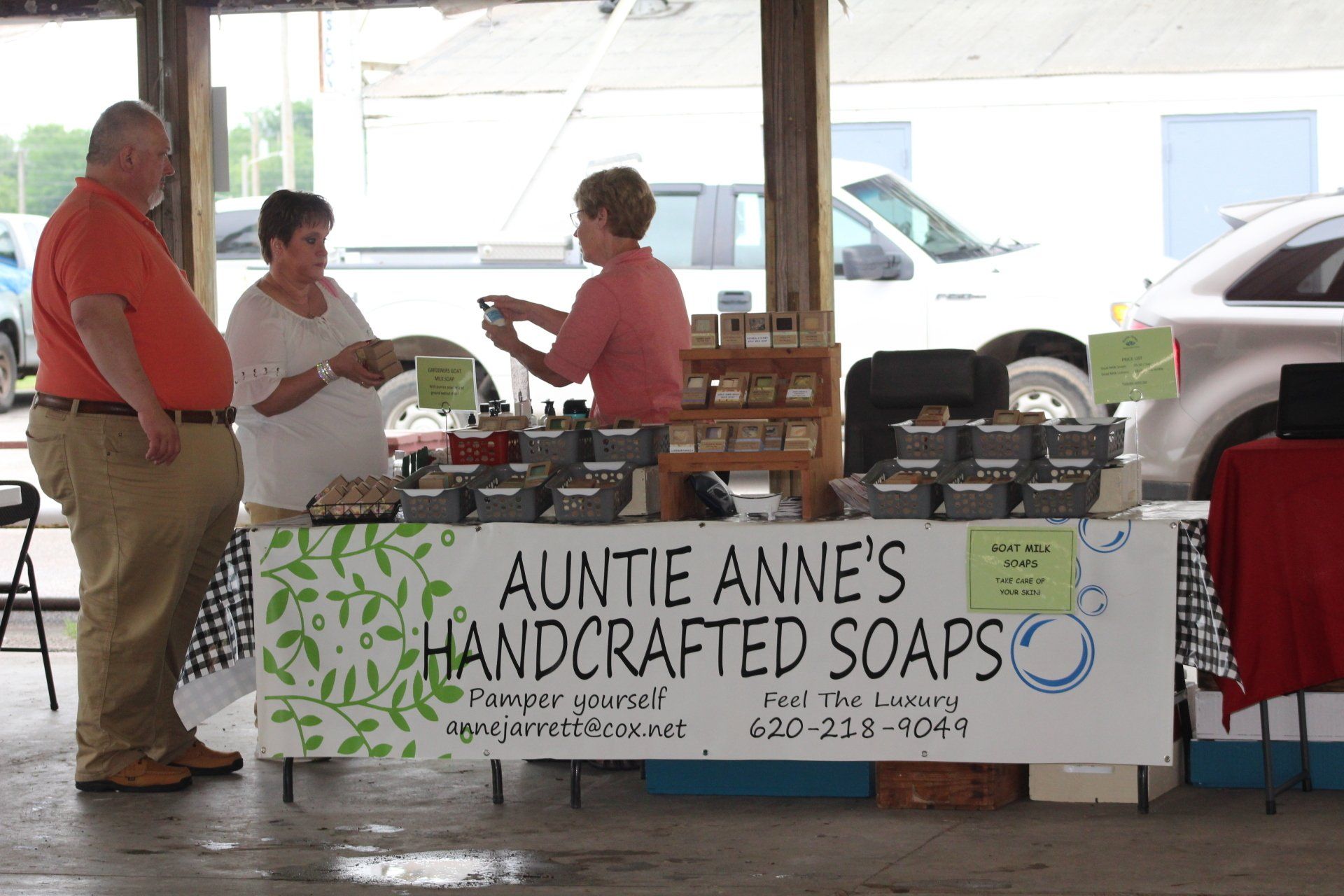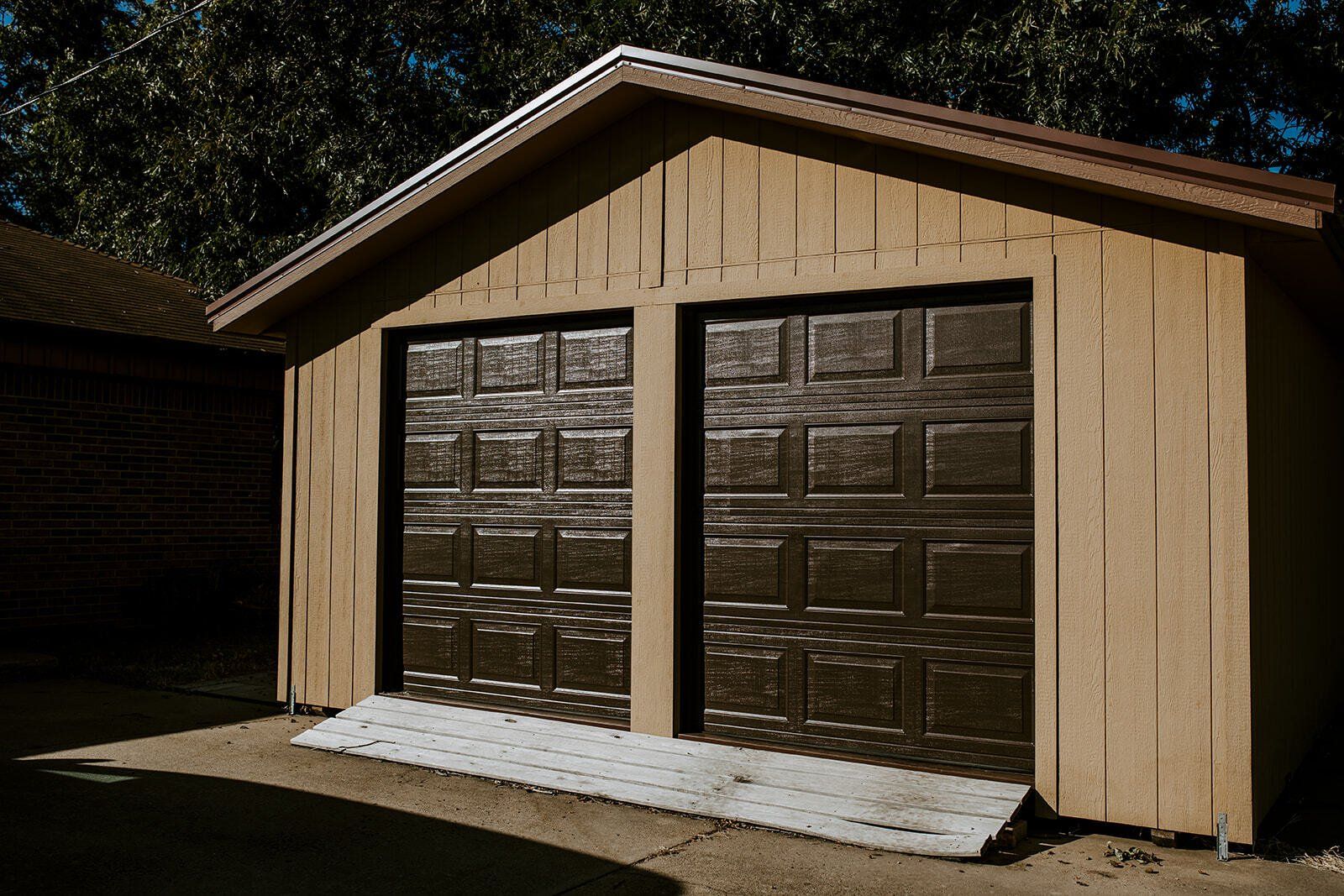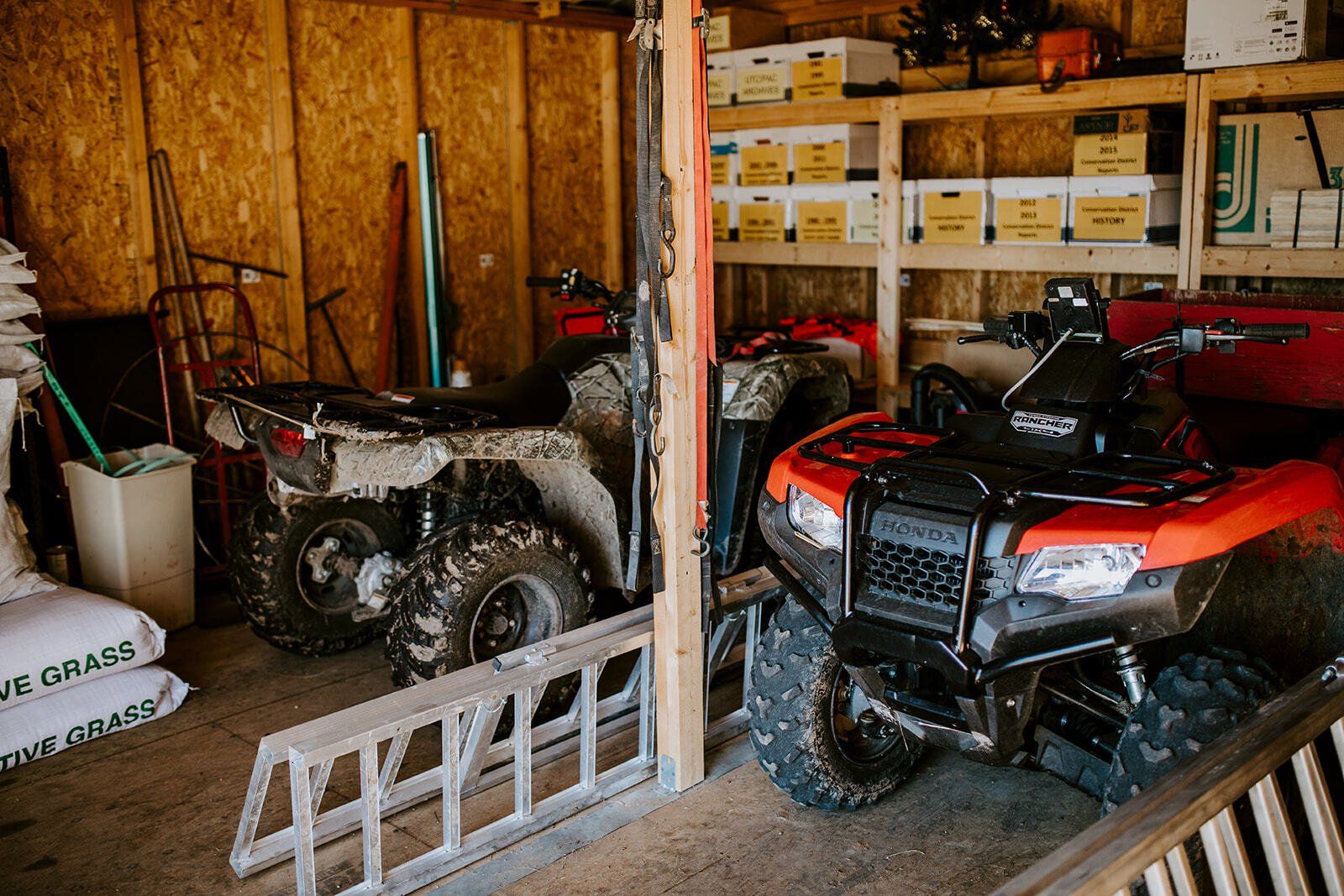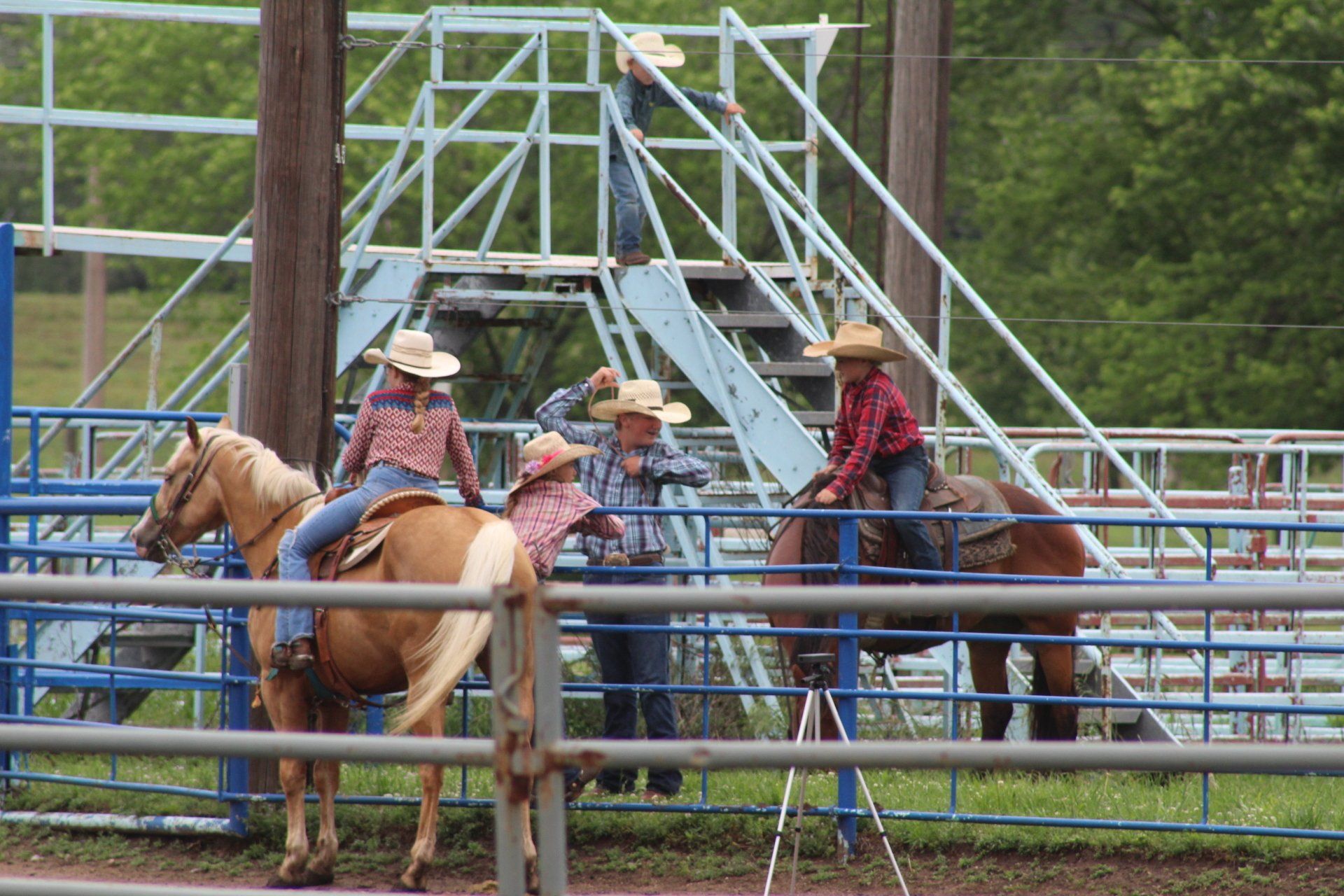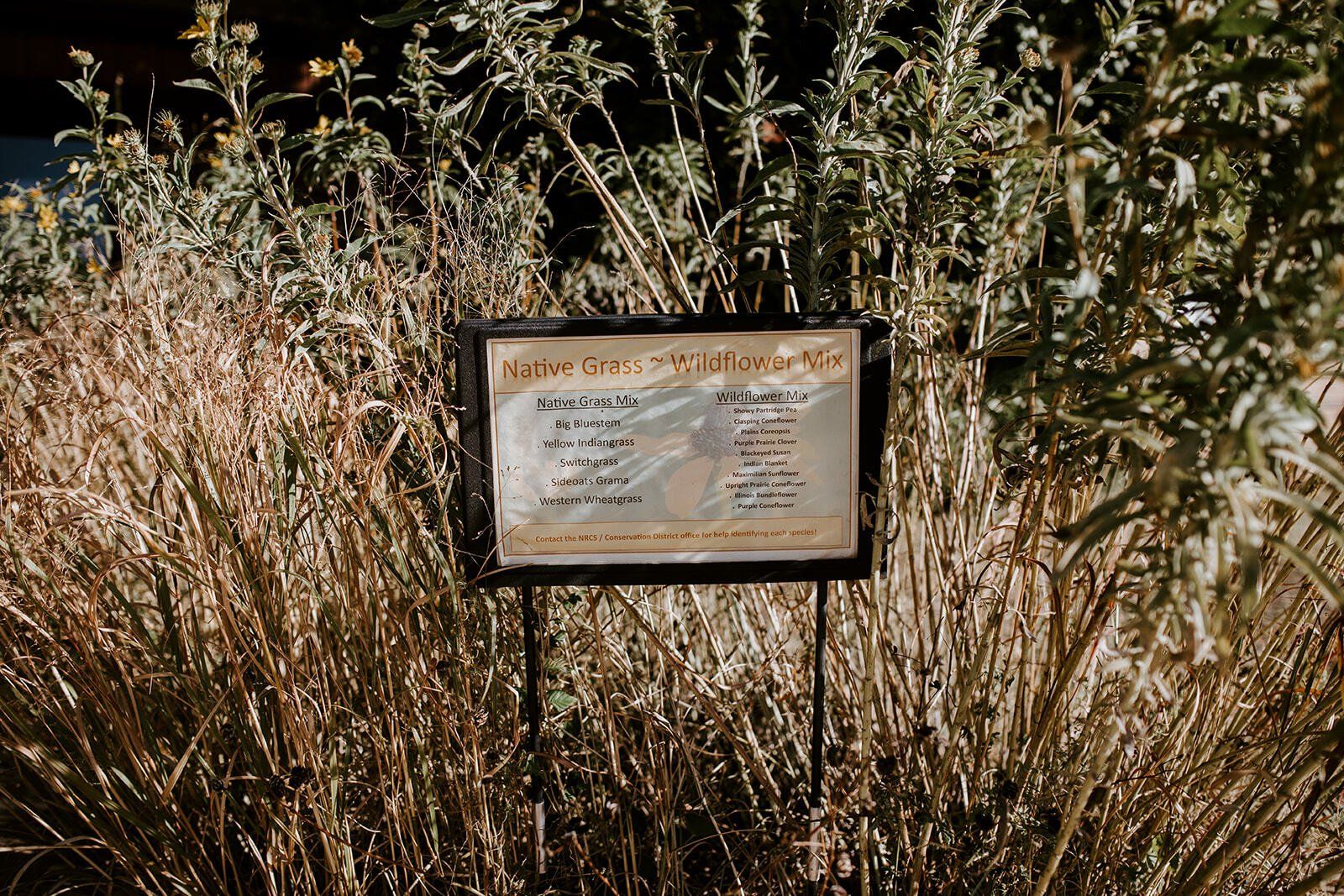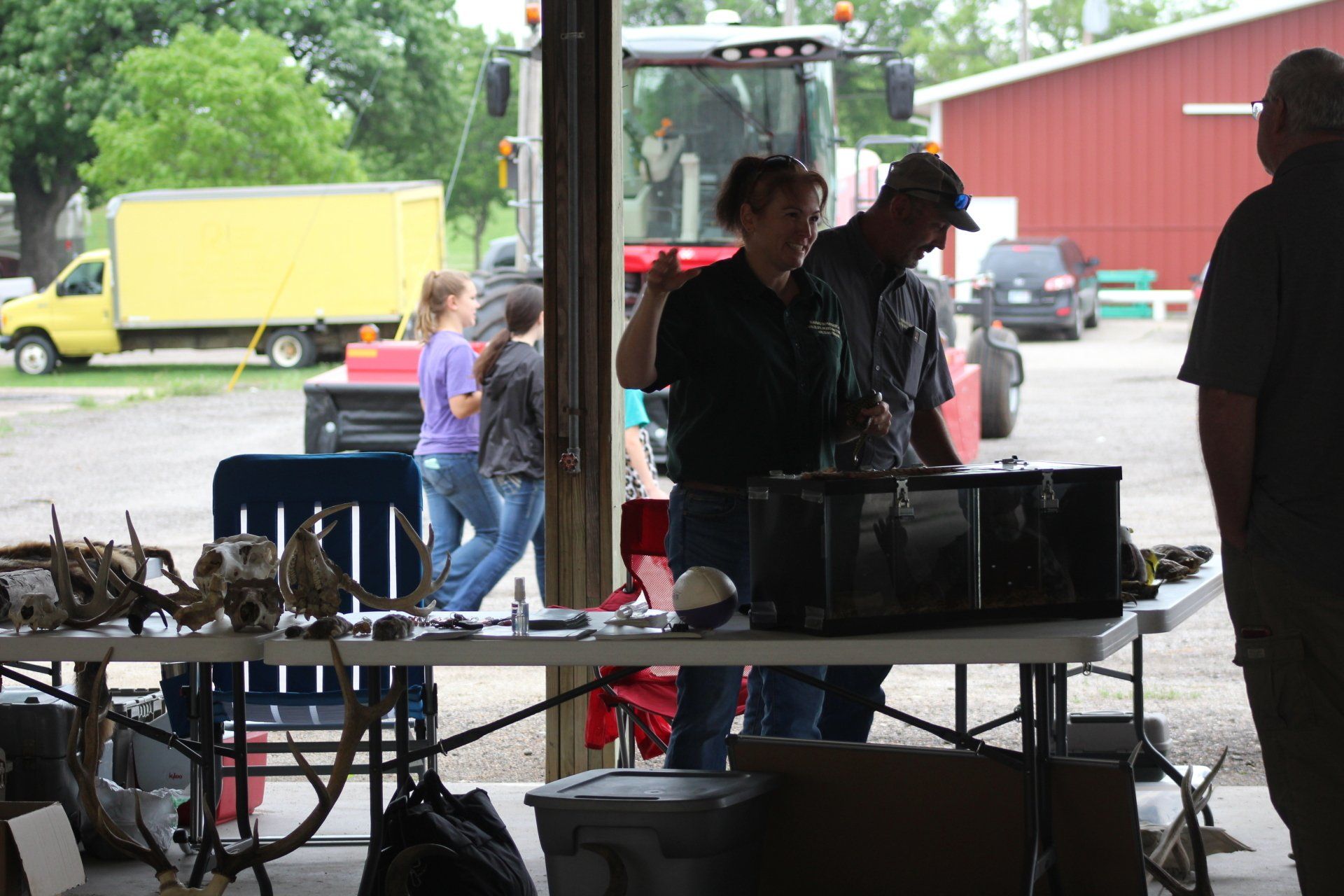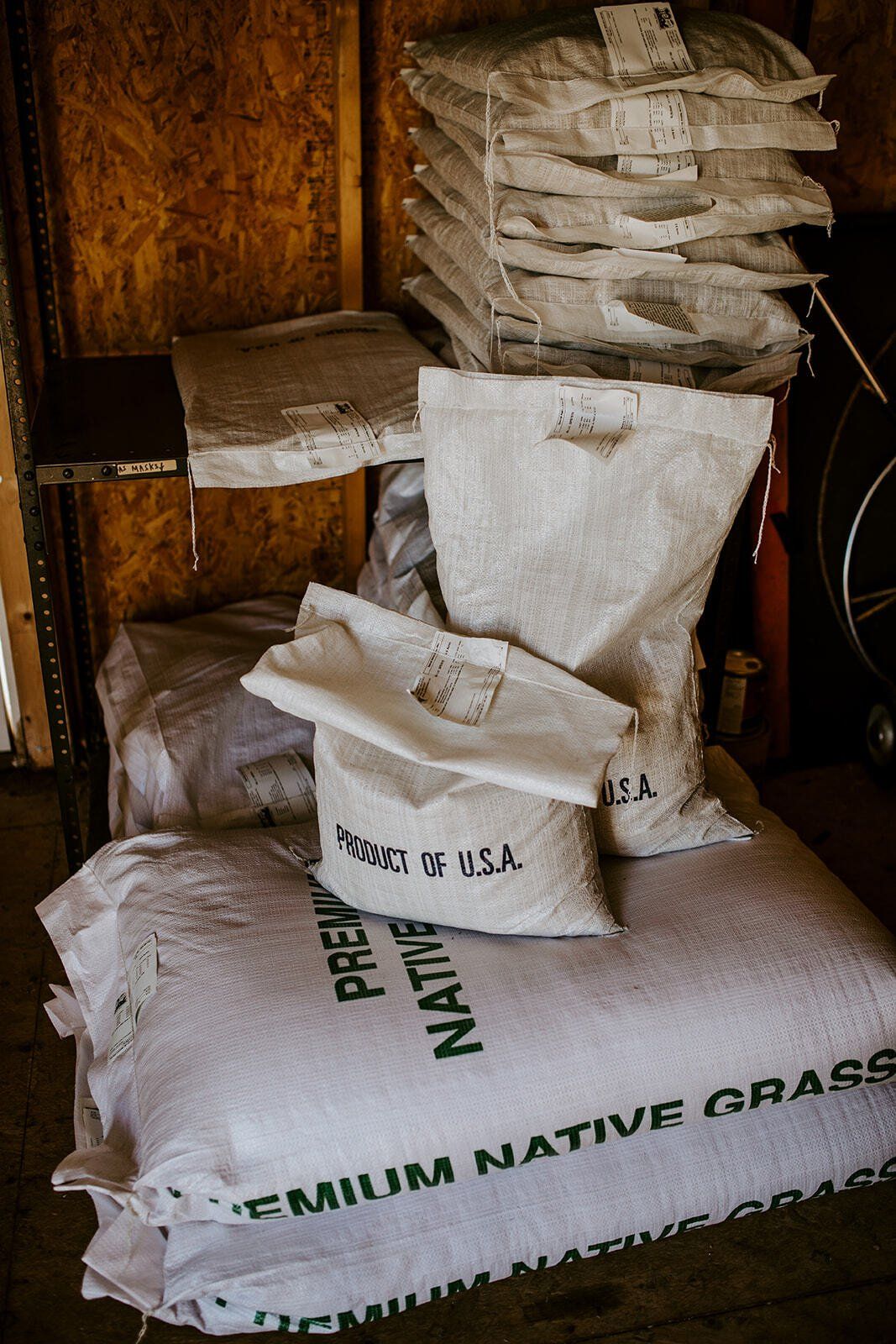wraps/watersheds
What is wraps?
Kansas WRAPS offers a framework that engages local citizens and other stakeholders in a teamwork environment aimed at protecting and restoring Kansas watersheds. Citizens who are on the Stakeholder Leadership Team help identify watershed problems, identify goals for watershed improvement and assist in creating a watershed management plan to assure a safe, dependable water supply for future generations.
Kansas conservation districts work closely with KDHE to implement WRAPS projects in targeted priority areas across the state. Conservation districts are the primary sponsor of five project areas. KACD, through a partnership agreement with KDHE, is the primary sponsor for an additional 19 project areas touching nearly 50 conservation districts. Districts also assist other primary sponsors (KAWS, KSU, etc.) to implement WRAPS projects through efforts that include outreach, education, and accepting applications.
upper timber creek watersheds
The Upper Timber Creek Watershed is a sub-watershed of the Timber Creek Watershed that drains directly into the Winfield City Lake. The boundaries proper of the Upper Timber Creek Watershed are approximately 86.6 square miles in size and include two counties. The watershed includes 55,487 total acres of which 51,387 acres are in Cowley County and the remaining 4,100 acres lie in Butler County. There are 32,747 acres of grassland and 18,417 acres of cropland in the watershed. The remaining 4,323 acres are devoted to woodland and miscellaneous land use. The watershed also consists of 35.3 miles of sensitive riparian areas.
Grouse-silver creek watersheds
The Grouse-Silver Creek Watershed is located in southeastern Kansas within Cowley, Butler, and Elk counties and drains 249,750 acres into the Arkansas River southeast of Arkansas City. The watershed is 85% range and pasture which is primarily native grasses. Approximately 11% of the land area is cropland of which wheat, corn, soybeans, alfalfa, and sorghum are the major crops. Three percent of the watershed is woodland, and one percent is urban. Agricultural production is the primary industry in the watershed. Grasslands support the largest cow herds of any Kansas county and are the destination of thousands of stockers each year.

